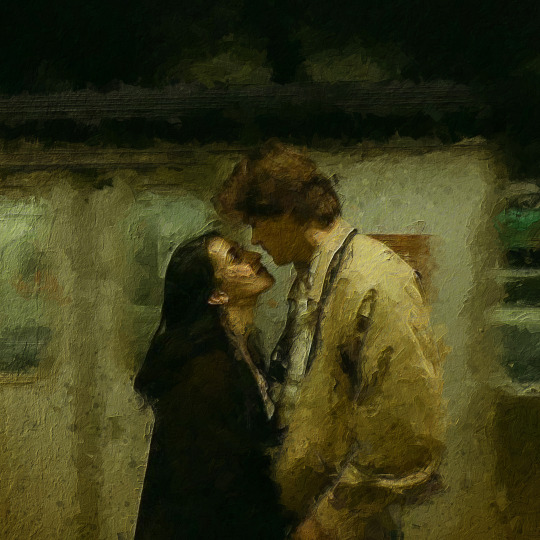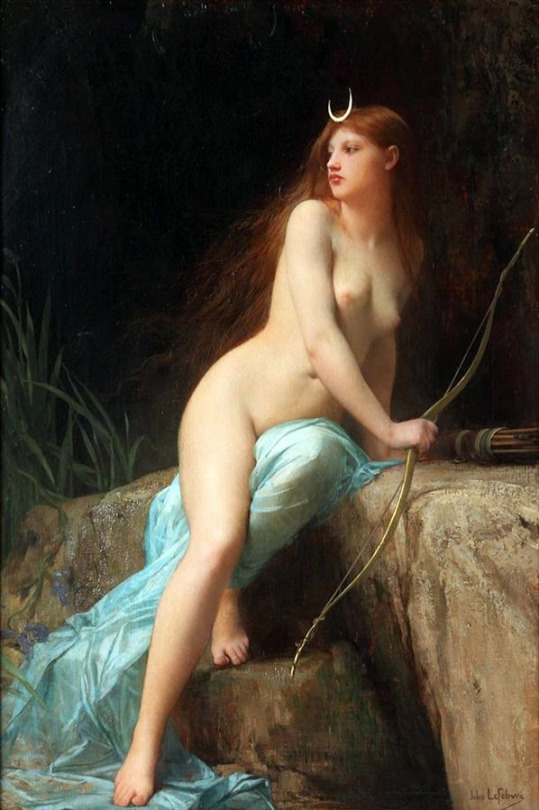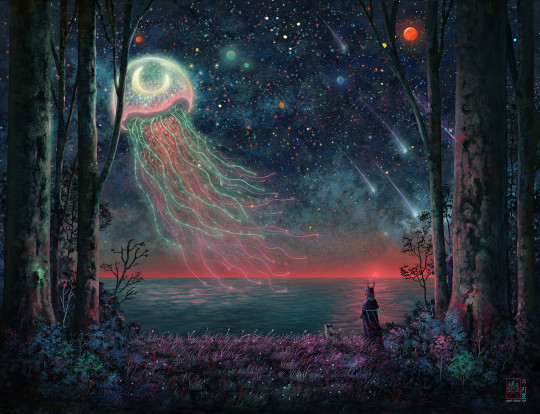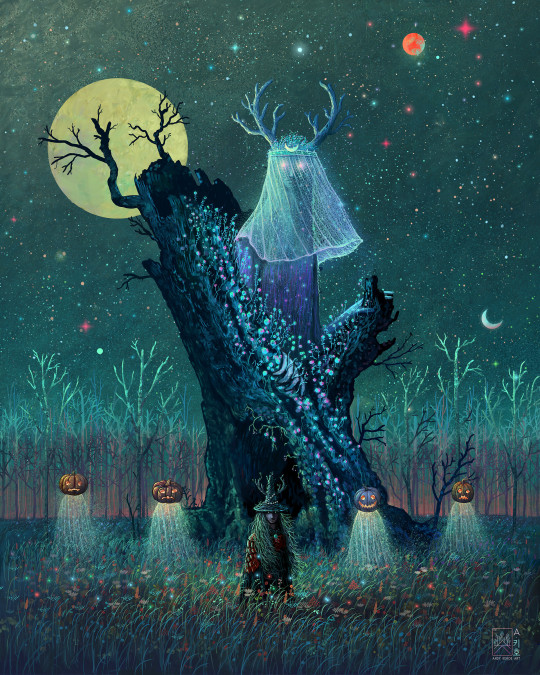Don't wanna be here? Send us removal request.
Text

Franz Xaver Winterhalter (1805-1873) "Grand Duchess Alexandra Iosifovna of Russia" (1859) Oil on canvas Currently in the Royal Collection of the British royal faamily
660 notes
·
View notes
Text

‘Döden’ (‘Death’), 1897 produced by Latvian painter Janis Rozentāls
Death is one of the goddesses in Latvian mythology and she is always wearing white. Also the dead child is wearing white. In Latvian mythology the white color indicates death, rebirth, the world of the dead, and everything else related to death. Also, death is holding a sickle in her hands, because a sickle, the same as the scythe in the Western image of death, is symbolically used to cut life short. Death leans over the child and her facial expression (she sneers) shows that she is happy to take the child. Death also has bare feet, because she is in very close relationship with nature. She comes from nature. The path death stands on belongs to her and she comes out of the woods to take the child. Thus, the mother of the child was waiting for the goddess.
0 notes
Text

"A Young Lady with a Red Fan" (1897) Eugen von Blaas (Italian, (1843-1931)
175 notes
·
View notes
Text

The Grief of the Pasha is an 1882 genre oil on canvas painting in the Academic and Orientalist style by French artist and sculptor Jean-Léon Gérôme.
6 notes
·
View notes
Text

Dear Visitor by Max Kurzweil, 1894. Oil on canvas.
2 notes
·
View notes
Text

Astronomer by Candlelight, late 1650s - Gerrit Dou
1 note
·
View note
Photo

Vittorio Matteo Corcos, Junge Dame mit Hündchen detail, ca. 1895
406 notes
·
View notes
Photo
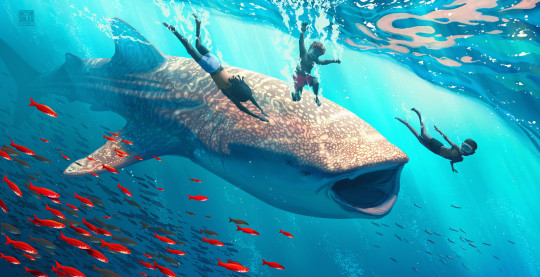
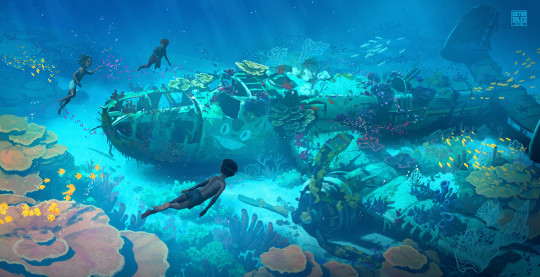





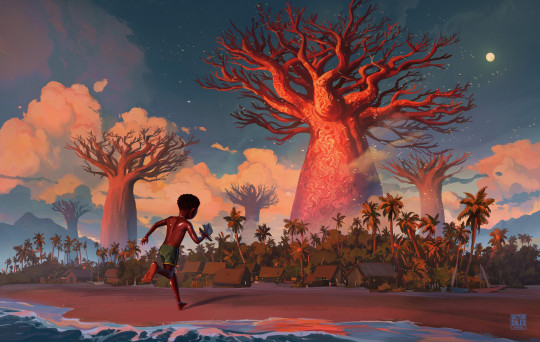
The Dhow - Part 3 (personal project) by Victor Sales
3K notes
·
View notes
Photo

The Execution of Torrijos and his Companions on the Beach at Málaga (Spanish: Fusilamiento de Torrijos y sus compañeros en las playas de Málaga) is a painting by Antonio Gisbert Pérez.
It is considered one of the finest pieces of Spanish history painting from the 19th century.
Commissioned by Prime Minister Práxedes Mateo Sagasta in 1886, Gisbert completed in 1888. It has been used as vehicle for conveying the Spanish nation building from a perspective of the defense of Liberty.
On 11 December 1831, following direct orders from Ferdinand VII and without any sort of trial, José María Torrijos was executed on the beach of Málaga, together with other companions, including both military and civilians. The painting depicts the scene.
Today, it is displayed in Madrid's Museo del Prado.
4 notes
·
View notes
Photo

Honeymoon by Joseph Christian Leyendecker. The Saturday Evening Post cover, July 17, 1926. Oil on canvas
2 notes
·
View notes
